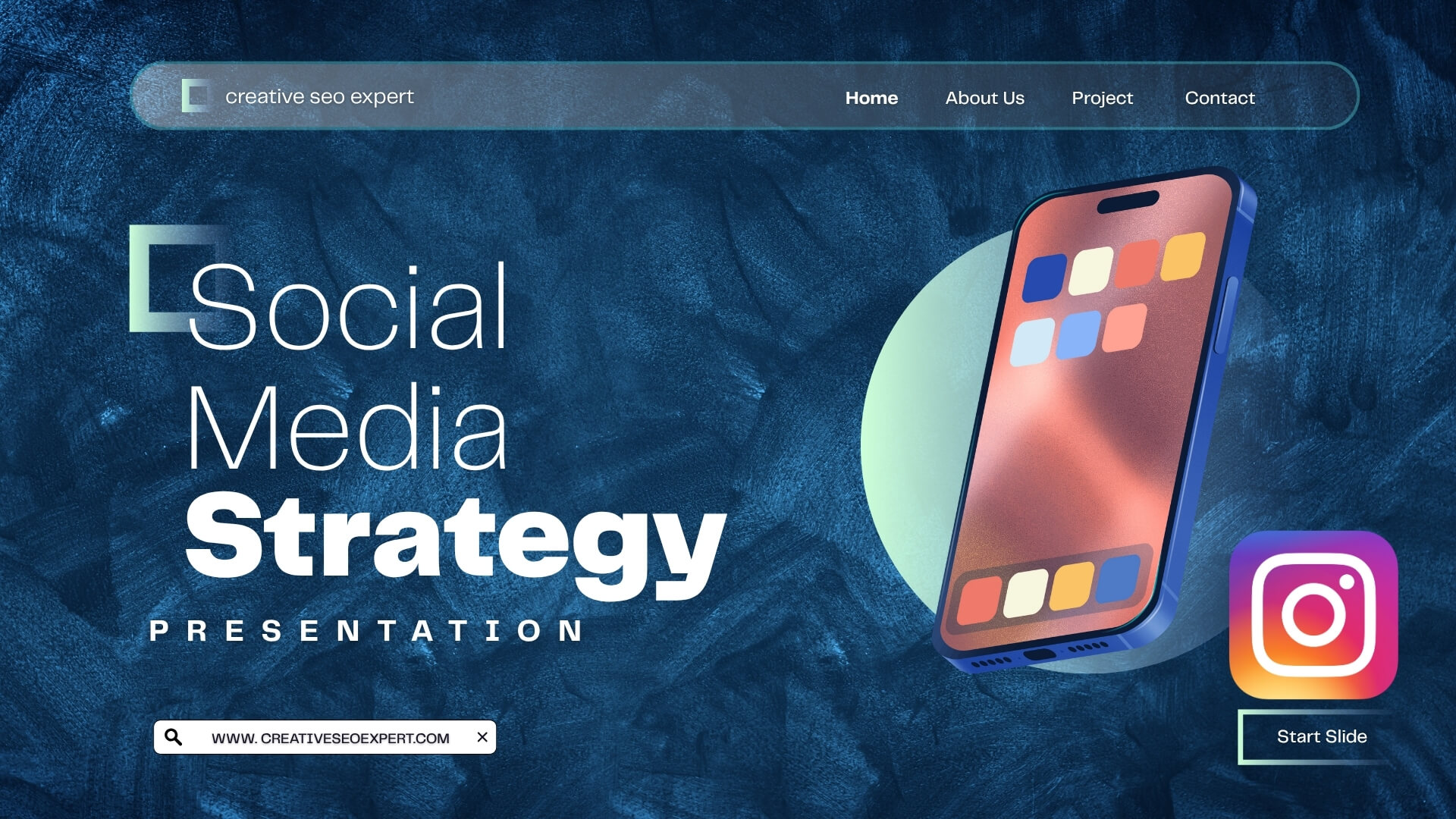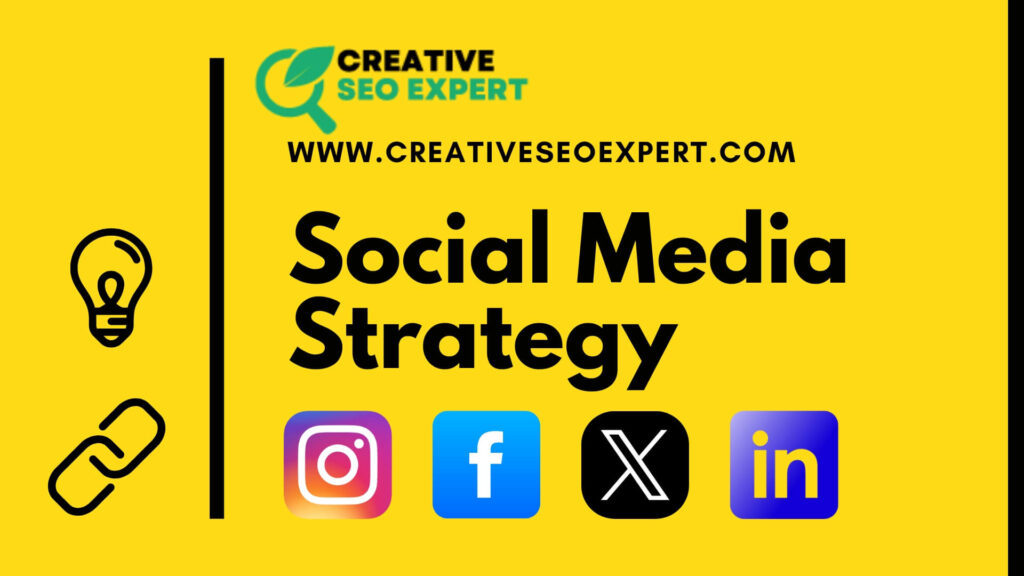Nonprofits rely on connection and communication. Social media helps bridge that gap. With so many platforms available, nonprofits can reach supporters, share progress, and encourage donations with consistent content. The challenge lies in choosing the right messages and formats. That’s where well-thought-out social media content ideas for nonprofits make a difference.
The Role of Social Media in Nonprofit Growth
Social media offers a low-cost, high-impact channel for nonprofits. It allows you to:
- Reach larger audiences
- Keep followers informed
- Engage with donors and volunteers
- Showcase your mission in real time
Using smart social media content ideas for nonprofits, even a small team can build a strong online presence and maintain steady engagement.
How to Plan Social Media Content for Nonprofits
Understand Your Audience
Knowing your audience is key. Whether you’re talking to local supporters or a global network, tailor your messages based on their interests and values.

Set Goals First
Before you post, define what you want to achieve. Goals could include:
- Raising awareness
- Boosting donations
- Recruiting volunteers
- Promoting events
Each type of content should support one of these goals.
Choose the Right Platforms
Nonprofits don’t need to be active everywhere. Focus on platforms where your supporters spend their time:
- Facebook for community building
- Instagram for visual storytelling
- Twitter for updates and conversations
- LinkedIn for professional outreach
Social Media Content Ideas for Nonprofits
Now let’s look at practical and adaptable social media content ideas for nonprofits that align with common goals.
Behind-the-Scenes Posts
Show how your team works. Post photos or short videos from your office, events, or fieldwork. This adds authenticity and builds trust.
Success Stories
Highlight real stories of the people, animals, or causes you help. These posts show results and encourage new supporters to get involved.
Volunteer Spotlights
Feature your volunteers. Ask them to share why they support your mission. It makes your supporters feel seen and appreciated.
Donation Impact Updates
Share how funds are being used. Let donors know where their money goes. This improves transparency and motivates future contributions.
Educational Posts
Inform your audience. Share facts, stats, or brief explanations about the issue you focus on. Use clear visuals or short captions for better understanding.
Awareness Days and Events
Align your content with relevant observances. These can expand your reach and connect you with a wider audience.
Testimonials and Quotes
Share quotes from beneficiaries or supporters. It gives your nonprofit a human voice and boosts credibility.
Polls and Questions
Ask for input. For example:
- What cause matters most to you?”
- “Would you join a cleanup day in your area?”
Engaging questions can encourage comments and shares.
Live Videos or Q&A Sessions
Go live to talk about your work. Invite staff, volunteers, or experts to discuss topics related to your cause. It makes your nonprofit more accessible.
Milestone Celebrations
Celebrate achievements, big or small. It could be reaching a donation goal, opening a new location, or serving your 1000th meal.

Building a Content Calendar
Balance Variety and Repetition
A calendar helps spread out different content types. Repeat themes weekly or monthly. For example:
- Monday: Volunteer spotlight
- Wednesday: Educational fact
- Friday: Behind-the-scenes
This rhythm helps keep your feed consistent.
Use Tools to Save Time
Platforms like Buffer, Hootsuite, or Later can help you schedule posts. This way, your team can focus on daily operations.
Plan Around Key Dates
Look up awareness days that match your cause and add them to your schedule. Plan posts a week or more in advance to stay ready.
Tips to Improve Content Performance
Use Quality Images
Photos and videos should be clear and relevant. If you don’t have original visuals, use free platforms like Unsplash or Pexels.
Keep Text Simple
Avoid long paragraphs. Use short captions that explain your point quickly. Use emojis carefully and only when they fit the tone.
Encourage Interaction
End your post with a question or call to action, such as:
- “Would you share this with a friend?”
- “Leave a ❤️ if you support clean water.”
Monitor and Adjust
Track which posts get the most likes, comments, or shares. Over time, post more of what works best.
Common Mistakes to Avoid
Ignoring Comments
When someone engages, respond. Even a simple thank-you builds trust.
Posting Too Little or Too Often
Don’t vanish for weeks, but avoid overwhelming your audience. Two to five posts per week is a solid pace.
Using Only One Type of Content
Mix videos, graphics, photos, and plain text posts. Each format reaches people differently.

FAQs: About Social Media Content Ideas for Nonprofits
What are good social media content ideas for nonprofits with a small team?
Focus on simple, repeatable content like quotes, impact stats, and updates. Use templates and plan in advance to save time.
How often should a nonprofit post on social media?
Two to five times per week works well for most nonprofits. The key is consistency, not quantity.
How can we find more social media content ideas for nonprofits?
Look at similar organizations, use free idea generators, or ask your audience what they want to see.
Can we repost old content?
Yes. Update it with new photos or context and reuse it. Not all followers see every post the first time.
What should we avoid in nonprofit social media content?
Avoid unclear messages, poor visuals, and ignoring feedback. Keep your posts clear, kind, and audience-focused.
Encouraging Engagement through Content
Supporters need reminders that their actions matter. Use your posts to invite them to donate, volunteer, or share your cause. Balance calls to action with thank-you messages. Over time, this builds stronger ties with your audience.

Conclusion
Finding strong social media content ideas for nonprofits is less about constant creativity and more about clarity and planning. Share your story, highlight people behind the scenes, and involve your audience. Whether you post once a week or daily, what matters most is that each piece connects with your mission. Consistency, relevance, and simplicity go a long way. With the right mix of visuals, text, and timing, your nonprofit can build meaningful connections that support long-term goals.


